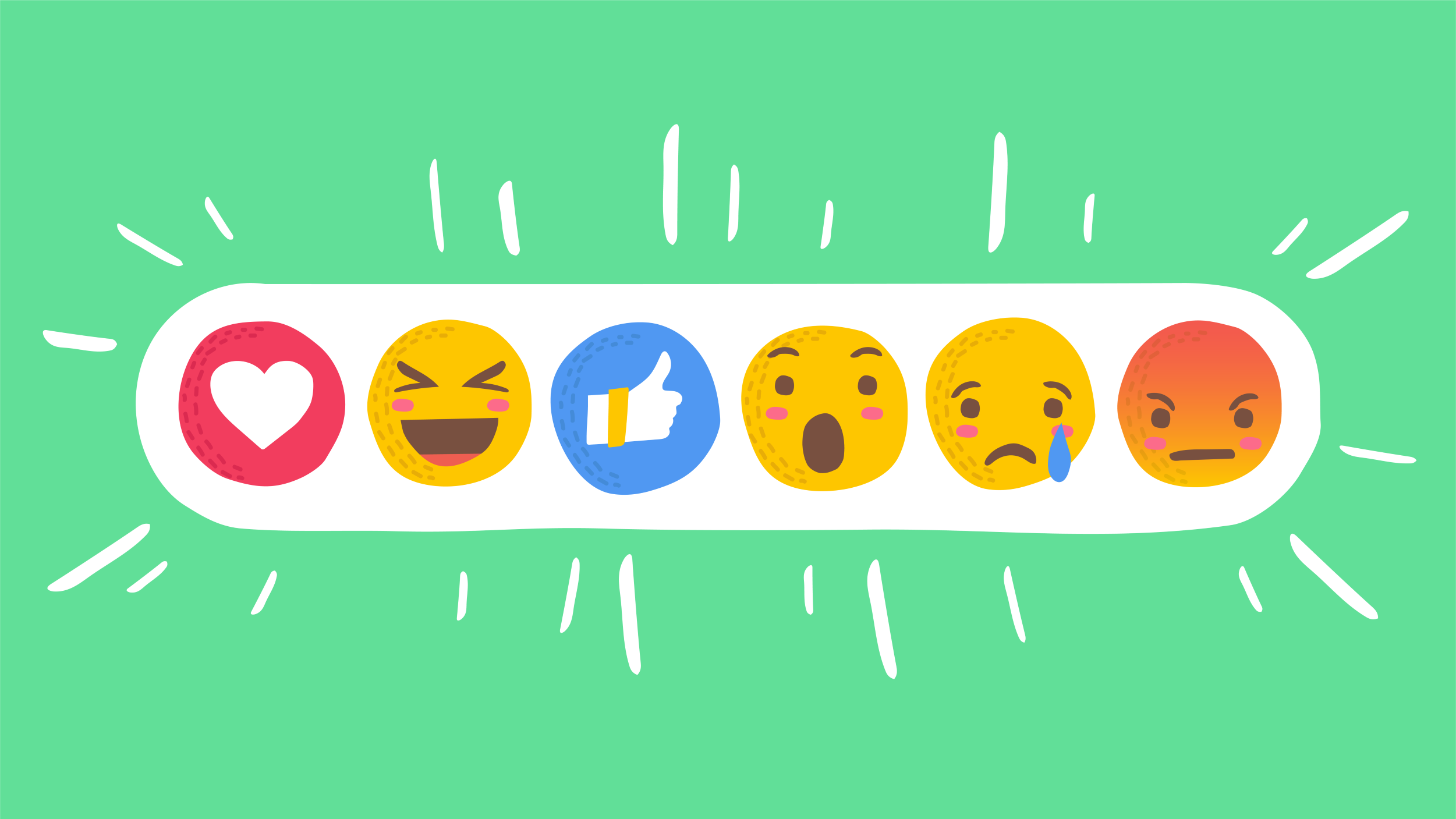Emojis in Email Marketing: The Do’s and Don’ts
Emojis are another language at times, and their uses change rapidly. Using emojis in your email marketing is a controversial topic—learn the rules.
Using emojis is primarily a personal preference in friendly communications and on social media. Many people use them in texts, emails, direct messages on social media, and many other applications. There are risks when using emojis as a company—not everyone uses or understands emojis, and others see them as unprofessional. Emojis can help a company connect with customers and become more relatable.
There are no rules set in store for using emojis in email marketing. The do’s and don’ts are foggy and change based on audience, industry, type of email, and segmenting.
Do: Test and Track
Email marketing, like much of digital marketing, relies heavily on trial and error testing. Companies try out ad copy, graphics, subject lines, sender lines, and more to see what does and does not work for their target audience.
Segmenting the audience is another way to test things before rolling them out to the entire send list. Testing the emoji usage on a segment of your audience is the best strategy to discover if it works for your industry and audience.
Send tester emails before using emojis in every communication and test different emojis to measure the responses.
Don’t: Overdo It
Even when testing emojis as a concept to see if they work in your sends, be cautious with the amount and types of emojis you use. Overloading a message with emojis or attempting to use emojis to replace words in ad copy is tricky.
Too many emojis can make a text seem sarcastic, or customers may think it is an attempt at a joke. Emojis replacing words in copy is a skill not many can pull off. It relies on everybody on your subscribers’ list to understand the language of emojis to a fluent level.
Do: Research Meaning of Emojis
Before sending emojis in your emails, do plenty of thorough research on the explicit and implicit meanings of each. Many emojis are more than what they seem and have meanings that are not always easy to determine. Search social media and consult with online sources and digital natives to ensure there are no meanings that could potentially harm your business’s image or do not line up with your brand personality.
Emojis mean different things in different contexts, so double-checking with an online community can save your business a lot of trouble.
Don’t: Use Emojis in Business-To-Business Emails
Using emojis is typically inappropriate for business-to-business communications. If a brand targets other companies, it’s often the best choice to leave the emojis out of it.
Logical Position is a top digital marketing agency that handles email marketing for both small and more significant companies. The agency’s manager of email marketing, Jeremy Vale, said, “It does not seem to perform as well with business to business, but it all ties back to testing.”
He noted that there are significant arguments made to avoid testing emojis in business to business because it can come across as unprofessional and, at times, laughable.
Using emojis is a fun way to connect with your audience and allow your brand personality to shine through in communications. It is also a quick way to lose credibility or lack professionalism in the wrong email format or industry. Emojis are complex. It is beneficial to research them and discuss which emojis your brand will use with a digital native who understands both your industry and the language of the internet.
